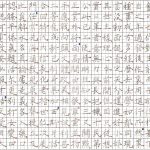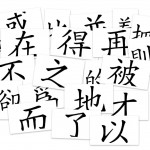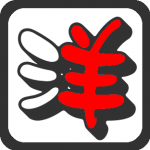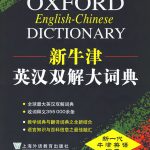Articles in the ‘Writing’ category Page 6
-
Handwriting Chinese characters: The minimum requirements
This is a guide to handwriting Chinese characters. It’s not about writing beautifully, but writing correctly, including things like stroke placement, length and direction. There are numerous examples of handwritten characters (real examples, not typed characters) along with practical exercises to see if you have grasped the core ideas. The article goes somewhat beyond the bare minimum for beginners, but is certainly a must for anyone who cares about handwriting Chinese characters.
Read → -
Why good feedback matters and how to get it
Teachers give feedback in many different ways, some terribly bad, others very good. The bad ones let you struggle for hours just to correct your essay, not necessarily learning much on the way. The good ones not only allow you to correct your essay, you also feel that you’re learning a lot and won’t make the same mistakes again. This article sets down some guidelines for how to give good feedback, useful for both students and teachers.
Read → -
Asking the experts: How to learn Chinese grammar
How should we learn Chinese grammar? This article collects the best answers from more than 15 experts and experienced learners.
Read → -
Improving your spoken and written Chinese by focusing on the process
Focusing on the process rather than the result has obvious benefits when trying to learn a foreign language. Does it really matter what number your teacher puts on the final version of your essay? No, what matters is what you learnt and what you will be able to improve until next time. Process writing is common enough, but this article extends the concept to speaking as well, which is a much neglected technique in language learning.
Read → -
How to improve your Chinese writing ability through focused reading
Everybody knows that if we want to improve our writing ability, we need to read more. But what should we read and how? With enough exposure, we can probably learn anything, but it’s much more efficient if we read with focus. If that focus coincides with the current weaknesses in our writing ability, supplemented with some targeted practice, we can improve our writing more quickly!
Read → -
Drills and exercises aren’t only for beginners
It’s commonplace to see workbooks used a lot in beginner courses, but the more advanced the students become, the less they are used. This is mostly for the better, but in this article, I argue that advanced students actually need more drilling than they (we) think. Being able to say or write what we want in one way isn’t enough, we need diversity and a bigger active vocabulary. Drilling is the only time-efficient way of achieving that.
Read → -
Phonetic components, part 1: The key to 80% of all Chinese characters
At least 80% of all Chinese characters are made up of one semantic component (meaning) and one phonetic component (pronunciation). The sheer number of characters formed this way means that these characters ought to be taught properly, yet I think this topic is largely glossed over. This is the first article of two dealing with phonetic components and how they can help you learn Chinese better.
Read → -
Improving your Chinese by translating from another language
I think translation is one of the best ways of improving writing ability. Translation forces you into linguistic environments you wouldn’t have ended up in if you wrote the article yourself. This article is about how translation can be used to improve your written Chinese.
Read → -
Learning Chinese in the shower with me
This article is about using time and space in your shower to learn more Chinese. This might seem extreme, but it’s just another method of diversifying your learning. Why spend high quality time in front of your computer or in the library learning things you could equally well learn in your shower?
Read → -
Kickstart your Chinese character learning with the 100 most common radicals
This is a list of the 100 most common radicals among the 2000 most common characters, meaning that it’s excellent for beginners who want to boost their understanding of Chinese characters. The list contains simplified, traditional, variants, meaning, pronunciation, examples, helpful comments and colloquial names.
Read →









